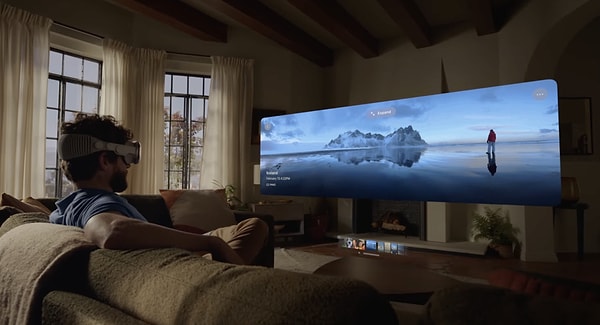
Two Display Solutions Under Consideration
Apple is exploring two potential methods to incorporate color filters into these glass-based Micro OLED panels
1.W-OLED with Integrated Color Filters (W-OLED+CF)
In this design, white Micro OLEDs would be deposited on a glass substrate, with red, green, and blue (RGB) color filters layered above to create color images. The target resolution for this solution is 1500 pixels per inch (ppi), which contrasts with the Vision Pro’s ultra-high resolution of 3391 ppi, achieved with a silicon-based Micro OLED panel.
2.Dual-Layer Glass Configuration
This method involves using two glass substrates: one with embedded color filters and the other with the white Micro OLED layer. The two layers would be combined, with the bottom substrate serving as the Micro OLED base and the top one functioning as the color filter.
Preference for Thin-Film Encapsulation (TFE)
Apple is reportedly inclined towards using a thin-film encapsulation (TFE) process to directly create color filters on a single glass substrate, aiming to make the MR headset thinner. However, this method requires low-temperature manufacturing techniques, which are more challenging. Samsung has utilized a similar technology, called CoE (Color on Encapsulation), in its foldable smartphones, but achieving 1500 ppi resolution with this technology is significantly more complex than the 374 ppi found in the Galaxy Z Fold 6's inner panel.
Supplier and Cost Considerations
Samsung Display is likely to play a key role in developing the W-OLED+CF panels for Apple’s new MR headset. While the single-glass TFE approach could help reduce the headset's thickness, the high-density color filter arrangement needed for 1500 ppi could increase production costs.This display innovation reflects Apple’s goal of delivering a competitive, low-cost MR headset while preserving its hallmark high-resolution visuals.
















